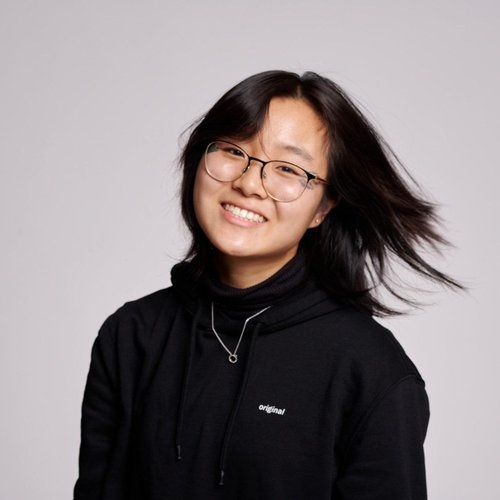
Update
Challenges Asian American and Pacific Islander Youth Face in Accessing Mental Health Services
- Sajina Shrestha

“When Ceejay Garcia moved to San Francisco for college, she realized her anxiety was not normal. In order to take one bus, she had to constantly reassure herself that public transportation was safe and facetime her friends to calm herself down. Garcia soon realized, other people were completely fine getting on and off buses, and she needed help. Two years into therapy, she discovered that she had always struggled with anxiety. And yet, she did not look into getting help for a long time because she was scared. Her Filipino parents did not believe that anxiety was an actual mental illness.
“One thing is that my dad would always say, ‘Oh, that’s just something that white people came up with. We don’t believe in stuff like that,” says Garcia, 24. “And that kind of deterred me from going just because I also didn’t want to go to therapy and then have my family say that I’m Americanizing.”
As a whole, growing numbers of young people are reporting mental health symptoms. A study published last spring found that nearly half of a sample of 2,809 adults ages 18-25 years reported suffering from anxiety and/or depression – but of those, more than a third were unable to receive treatment. Access to mental counseling proves most difficult for AAPI young people like Garcia. Asian Americans ranked last when it came to taking prescribed medication and accessing counseling or therapy in 2022 according to a survey from the National Center for Health Statistics.
The same report found that only 7.6 percent of Asians received counseling or therapy compared to 11.7 of their white counterparts. These findings are particularly alarming given that nearly 10 percent of AAPIs aged 18-24 reported serious thoughts of suicide, according to a profile released by Substance Abuse and Mental Health Services Administration, (SAMHSA). One particular barrier to care for AAPI youth is a lack of understanding about mental illness they may face from their families.

That's one big barrier in terms of the youth that are growing up in these families. They also don't really grow up with that understanding of what mental health really is and how to access help, and how to talk about them (mental illnesses) because it doesn't come up in conversations in families.Ellen Chang
Project Assistant, The Lotus Project, Health Intervention Projects for Underserved People, Public Health Institute
The stigma also often arises from misunderstandings or mistranslations of what mental health and illnesses are, especially across different cultures.
“I don’t know the Vietnamese term for bipolar,” explains Vu, who is Vietnamese. “But even if I were to say, ‘This person is diagnosed with clinical bipolar disorder,’ the Vietnamese person, if English is not their first language, and if they don’t have a good understanding of mental health might not know what that means.”
Another reason AAPI youth have a hard time accessing treatment is the lack of therapists of color in the industry. Having a therapist of color can make a difference; it can often mean less time spent explaining cultural traditions and more time actually dealing with the issues at hand.
In 2021, only 11.3 percent of therapists in America were Asian, and 72.6 percent of therapists were white. Kenji Kinu, 28, has been in and out of therapy for the majority of their life. At the age of fifteen, their mother took them to therapy because they were caught shoplifting. When their mother left the counseling room, the cis-white male therapist began yelling slurs and cursing them out. This bad experience made Kinu wary of therapists. When they were hospitalized at 18 for trying to commit suicide, they received access to mental health professionals of color. It made a huge difference.
“I started going to a new psychiatrist and new therapist who were both people of color,” says Kinu. “I need[ed] non-white therapists. Because this was the first time anybody ever listened to me.”
Although Kinu had another bad experience with another white therapist at the age of 22, they have finally settled into a routine with their current therapist, who is Hispanic. Their current therapist helps them by making their problems feel more manageable.
“She is the one who asks me the right questions that I have now started to ask myself,” says Kinu. “She has been like a really integral part of my life.”
Sajina Shrestha is a journalism student at the Craig Newmark Graduate School of Journalism at the City University of New York.
More Updates
Work With Us
You change the world. We do the rest. Explore fiscal sponsorship at PHI.
Support Us
Together, we can accelerate our response to public health’s most critical issues.
Find Employment
Begin your career at the Public Health Institute.



